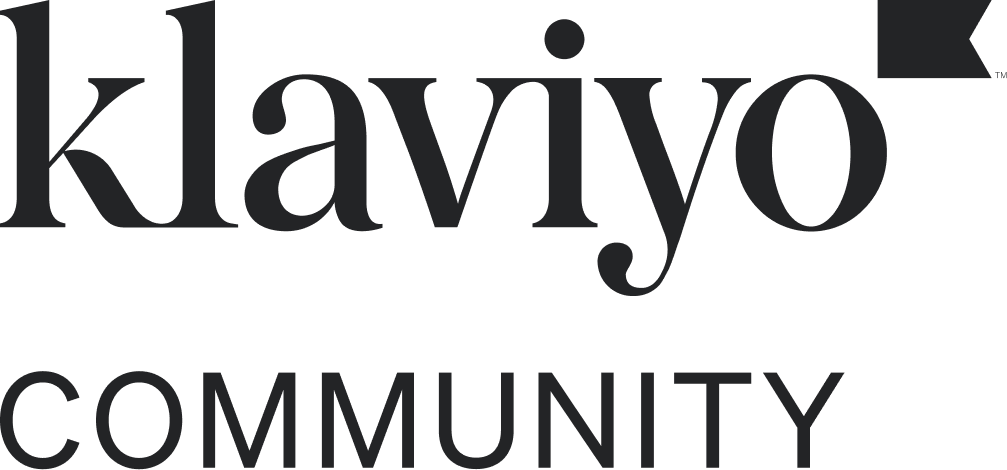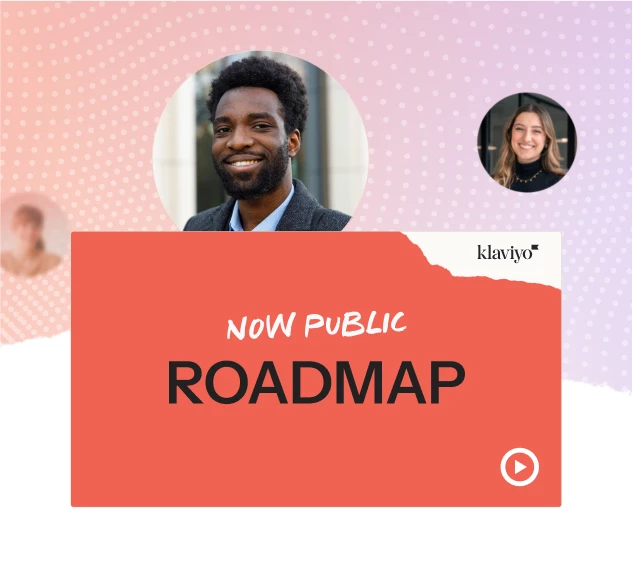Hi all,
I am after some advice / inspiration as to how to best segment both new customers via our sign up form and those on our existing database who are yet to make a purchase.
Up to now, we have very little in the way of segmentation other than the standard who is and isn’t engaged, and who has viewed what product or category, which can only get us so far, i want to take things to the next level.
We sell products from 50+ sports teams, as well as just as many entertainment brands, so ideally, we want to know which teams and or brands the customers want to hear about, but working out the best way to do so is proving rather challenging given the vast number of options.
So any ideas on adding steps to the sign up, on how to extract the relevant info via email campaigns to our current list, or even working on identifying where the the customer came from (a big % of traffic is from shopping ads, so that should help identify the customers preferences, knowing the product or brand they were searching for).
Appreciate any help.




